
Supercharge your lead generation with a FREE Google Ads audit - no strings attached! See how you can generate more and higher quality leads
Get My Free Google Ads AuditFree consultation

No commitment
Supercharge your lead generation with a FREE LinkedIn Ads audit - no strings attached! See how you can generate more and higher quality leads
Get My Free Google Ads AuditFree consultation

No commitment
Supercharge your lead generation with a FREE Meta Ads audit - no strings attached! See how you can generate more and higher quality leads
Get My Free Google Ads AuditGet My Free LinkedIn Ads AuditGet My Free Meta Ads AuditFree consultation

No commitment
Supercharge your lead generation with a FREE Google Ads audit - no strings attached! See how you can generate more and higher quality leads
Get My Free Google Ads AuditFree consultation

No commitment
In the competitive realm of pet store marketing, leveraging digital advertising channels like Google Ads is no longer optional—it's essential. Many pet store owners find themselves struggling to attract local pet owners despite offering excellent products and services. As modern consumers increasingly rely on search engines for their pet product needs, capturing this high-intent traffic becomes crucial for growth. Google Ads allows pet stores to target pet owners at just the right moment, offering the opportunity to drive qualified leads and convert them into loyal customers. By integrating intent signals and leveraging advanced segmentation, pet store owners can fine-tune their campaigns to maximize reach and ROI. Using Google Ads effectively not only bridges online and offline marketing but also provides comprehensive insights to refine strategies continuously, ensuring that marketing efforts directly contribute to business growth.
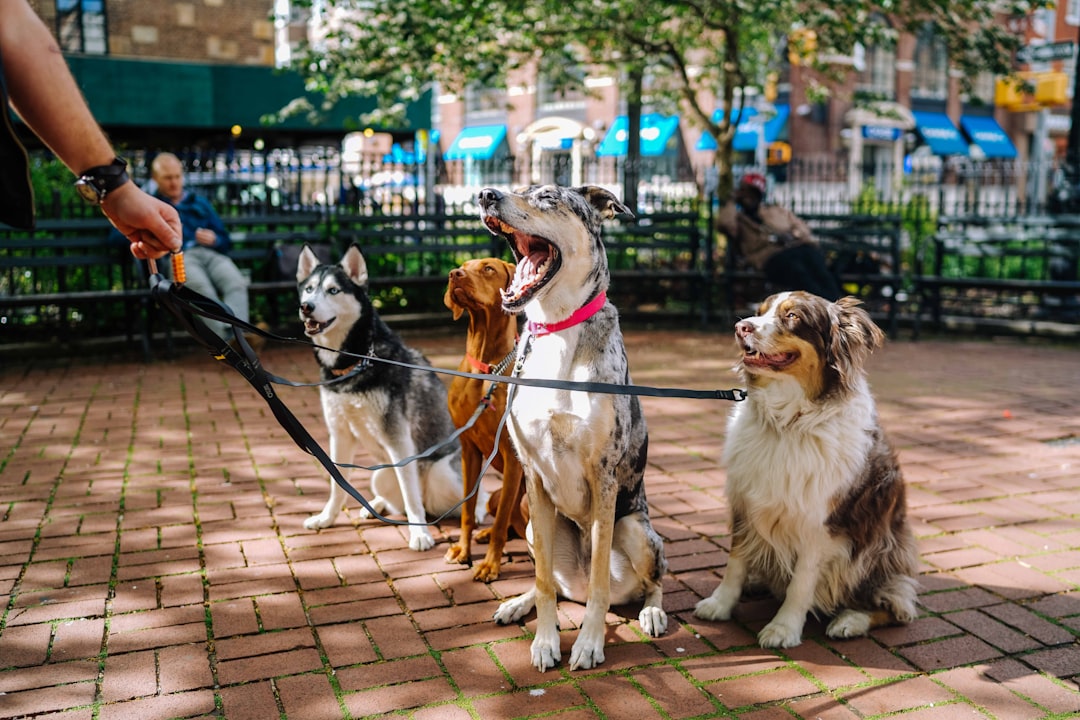
Data-driven campaigns are essential for pet store owners who want to move beyond guesswork and meet customers at the right moment. By aligning ad strategies with real buyer intent, teams can maximize every dollar invested and ensure measurable, repeatable outcomes.
Unifying analytics from online and offline sources delivers a holistic view of marketing effectiveness, allowing for smarter budget allocation and continuous optimization. With advanced solutions, it becomes possible to identify high-potential leads, sync audience data, and attribute conversions with greater accuracy. Platforms like Sona Identification help pet retailers pinpoint valuable visitors and unify their data sources for more informed decisions.

Pet stores operate in a highly competitive landscape where digital agility separates market leaders from those left behind. Leveraging Google Ads unlocks the ability to place your brand in front of pet owners at the exact moment their intent is strongest, driving immediate engagement and measurable sales.
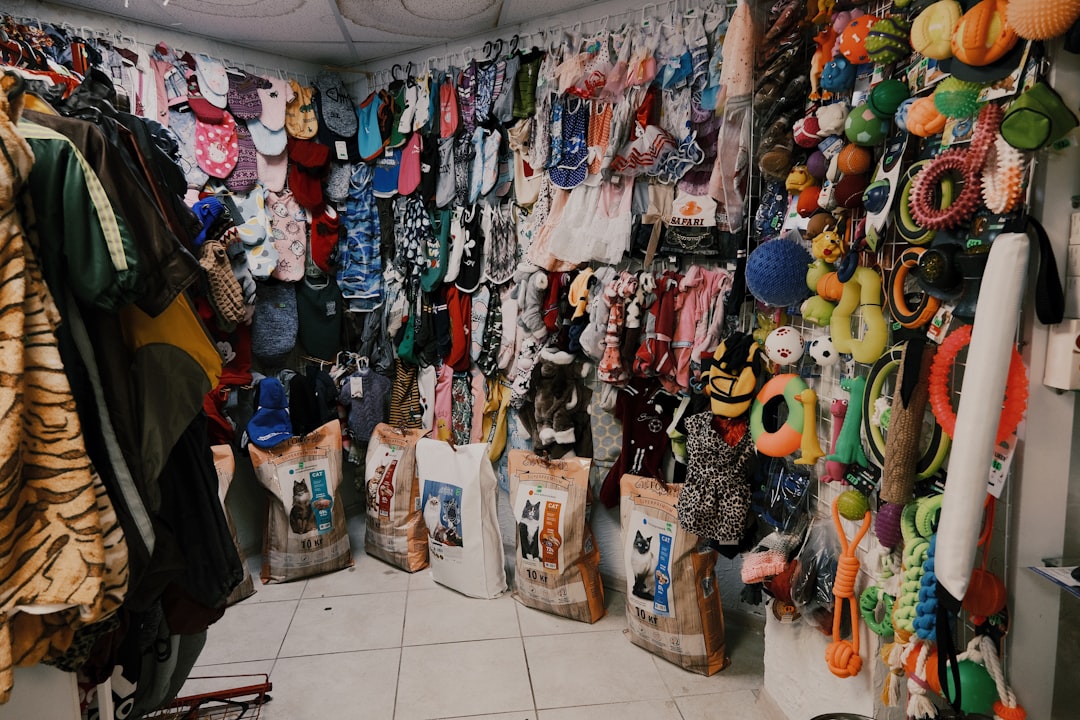
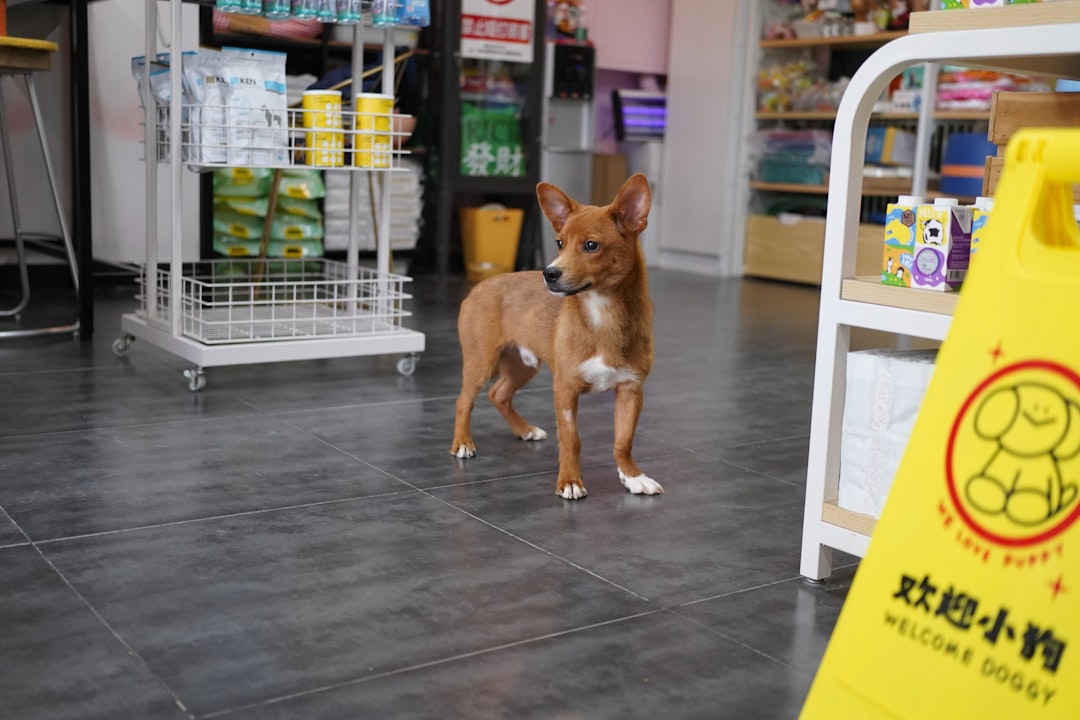
Pet store digital marketing demands continuous refinement to outperform competitors and capture new market segments. Growth comes from identifying untapped search intent, leveraging audience data, and optimizing campaign spend based on actual buyer behavior.
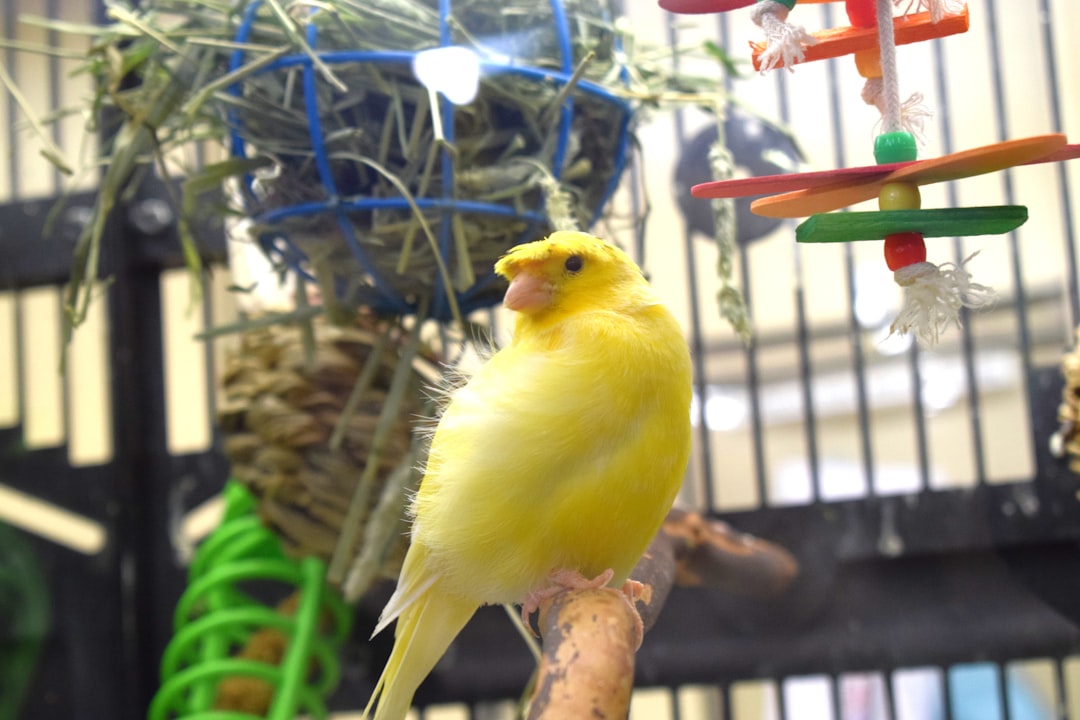
Audience segmentation in pet store advertising enables marketers to precisely tailor campaigns for maximum relevance and higher conversion rates. By understanding the nuanced differences in customer motivations—such as whether a buyer needs specialty dog food or budget-friendly cat accessories—pet retailers can efficiently allocate budget to the most lucrative segments and achieve greater ROI from each dollar spent. Shopify Pet Stores provides a deeper look at how ecommerce retailers leverage segmentation to drive results.
Ready to segment your audience and increase your marketing ROI? Start with Sona to explore audience segmentation strategies tailored to pet retail.
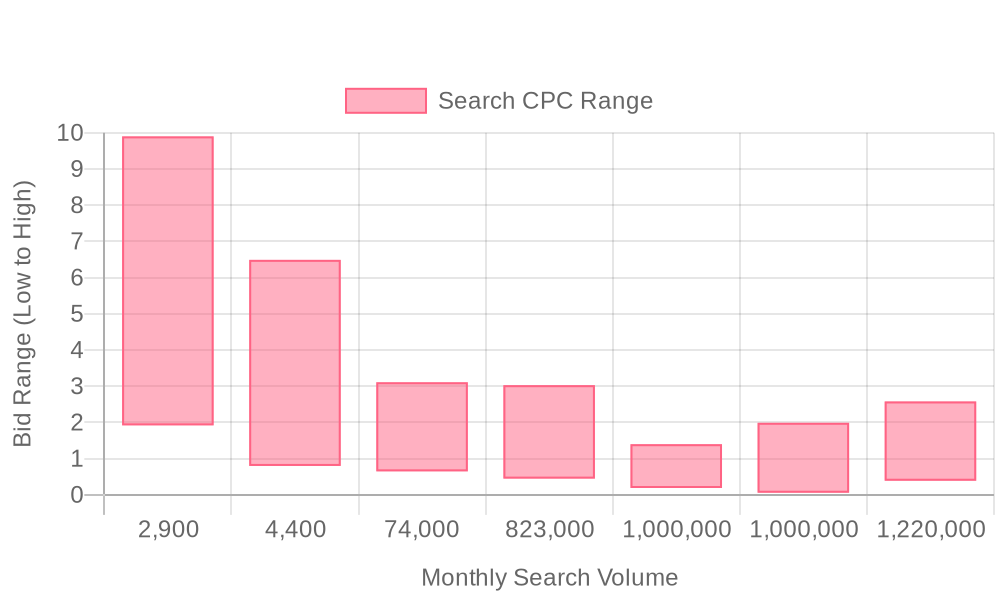
| Industry | Keyword | Monthly Search Volume | Competition Level | Low Bid | High Bid |
| Pet Store | petco delivery | 2900 | HIGH | 1.92 | 9.9 |
| Pet Store | walmart pet rx | 4400 | HIGH | 0.8 | 6.49 |
| Pet Store | pet shop | 74000 | LOW | 0.65 | 3.11 |
| Pet Store | pet store | 823000 | LOW | 0.45 | 3.03 |
| Pet Store | petsmart near me | 1000000 | MEDIUM | 0.19 | 1.4 |
| Pet Store | petco near me | 1000000 | MEDIUM | 0.06 | 1.99 |
| Pet Store | pet store near me | 1220000 | MEDIUM | 0.39 | 2.58 |
A strong keyword strategy sets the foundation for effective google ads for pet store campaigns by ensuring your ads appear before the right buyers at the optimal time. Smart keyword selection delivers immediate local visibility, focuses spend on likely converters, and aligns campaign messaging with real customer needs.
Through a data-driven keyword strategy, pet store digital marketing efforts become more targeted, adaptive, and profitable—fueling measurable advances in Google Ads ROI for pet stores and consistent growth in advertising pet supplies online.
Effective google ads for pet store campaigns begin with a solid keyword foundation. Cluster keywords by product categories, such as "organic dog treats," "cat grooming tools," or "small animal bedding," and align them with localized search intent. This approach ensures ads are surfaced in front of high-intent, nearby shoppers, maximizing budget efficiency and reducing wasted spend on generic or irrelevant terms. By integrating real-time visitor identification, marketers can pinpoint which pet owners and businesses are researching specific products or services, allowing for highly refined audience segments that drive higher engagement and conversions.
Audience lists should evolve dynamically as users move through the buying journey. Instead of static targeting, leverage behavioral data to update segments in real time—enabling your pet store advertising to remain hyper-relevant as customer needs shift. This continuous refinement not only improves PPC for pet products but also ensures that resources focus on those most likely to convert, optimizing every dollar of your google ads budget for pet store. Pet ads guide provides a deeper look at this trend.
Compelling ad copy is critical for capturing attention in a crowded pet store digital marketing landscape. Headlines should center on customer needs, such as "All-Natural Treats for Healthier Pets" or "Same-Day Delivery on Pet Essentials," while calls-to-action drive urgency and clarity. Highlight unique offerings—like exclusive product lines or eco-friendly packaging—to differentiate your brand in a competitive market for advertising pet supplies online.
Integrating real-time intent data enables marketers to tailor messaging based on what matters most to each audience segment. For instance, ad copy can shift to address trending pet health concerns or seasonal promotions in response to observed search and browsing behavior. This not only increases relevance but also strengthens the connection between ad promise and landing page experience, reinforcing trust and boosting conversion rates. This builds on the strategies outlined in Intent retargeting.
Landing pages should deliver a seamless narrative that matches the intent of the clicked ad. Each page must provide a clear path from product discovery to purchase, minimizing friction points such as unnecessary form fields or irrelevant content. Visual consistency, concise product details, and persuasive social proof—like customer testimonials or expert endorsements—help reinforce the value proposition introduced in your google ads targeting for pet shops.
Advanced conversion tracking captures both online and offline actions, providing a full view of campaign performance. By attributing sales to specific ad clicks or visitor journeys, revenue teams gain granular insight into which landing page and ad combinations drive the highest google ads ROI for pet stores. Tools like Sona Attribution help with measuring the true impact of each campaign and channel.
Continuous optimization is vital for maintaining a competitive edge in pet product ad campaigns. Apply analytics insights to refine keyword bids, pause underperforming ads, and reallocate spend to high-converting segments. Automated rules and predictive models can identify emerging trends in customer behavior, ensuring your campaigns remain agile as demand evolves. Pet ads strategies explores best practices and strategies for this process.
With unified data from web analytics, CRM, and offline transactions, marketers gain the ability to measure and attribute every touchpoint across the funnel. Syncing enriched audience data directly into Google Ads and connected sales platforms enables closed-loop reporting, which verifies true campaign impact on pipeline and revenue. This level of operational intelligence empowers pet store marketing teams to maximize the effectiveness of their advertising spend and sustain long-term growth in online pet store marketing.
Pet stores can accelerate growth by embracing a multi-channel approach that strategically blends local SEO and paid advertising. This ensures that your business not only ranks in organic results but also appears at the top of search pages, capturing the full spectrum of high-intent pet owners searching online.
Modern pet retailers benefit from integrating influencer partnerships into their Google Ads campaigns. By collaborating with trusted voices in the pet community, stores can access new audiences, enhance credibility, and drive measurable engagement that translates into sales and long-term loyalty. Google Ads strategies provides a deeper look at this trend.
Effective execution of Google Ads campaigns in pet retail hinges on precise keyword selection, smart audience segmentation, and agile optimization. For more insights on maximizing campaign returns, check out our guide on boosting Google Ads ROAS. By integrating advanced data solutions, pet stores gain the ability to identify and nurture high-intent leads, optimize spend toward real buyer signals, and track conversions both online and in-store. This enables ongoing refinement of advertising strategies, ensuring your campaigns adapt quickly to changing consumer behavior and market trends. The result is a seamless, customer-centric experience that attracts new shoppers and fosters repeat business, positioning your store for sustainable growth in a competitive industry.
Running a successful Google Ads campaign for your pet store doesn’t have to feel overwhelming. By focusing on the right strategies—like targeted keywords, compelling ad copy, and smart audience segmentation—you can turn clicks into loyal customers and grow your business efficiently.
We’ve covered how to optimize your campaigns for pet-related searches, leverage high-intent keywords, and create ads that resonate with pet owners. Whether you’re promoting premium pet food, grooming services, or unique accessories, these tactics ensure your ads stand out in a competitive market.
Imagine effortlessly scaling your pet store’s online presence, driving consistent traffic, and converting browsers into buyers—all while maximizing your ad spend. The tools and insights are within reach; it’s just a matter of putting them into action.
Ready to see the difference data-driven advertising can make? Start a free trial to experience our platform and its capabilities.
Best practices include defining clear campaign objectives, conducting robust keyword research, implementing precise targeting strategies, optimizing ad copy, designing compelling landing pages, and using advanced conversion tracking to refine strategies continuously.
The article does not specify an exact budget, but emphasizes the importance of maximizing every dollar invested by aligning ad strategies with real buyer intent and continuously optimizing based on data-driven insights.
Effective ad types for pet products include search campaigns for high-intent queries, display ads for brand reach, video ads for showcasing products, remarketing ads to re-engage visitors, and extensions for immediate engagement.
Improving performance involves using data-driven campaigns, precise targeting, optimizing ad copy and landing pages, implementing detailed conversion tracking, and continuously refining strategies based on analytics and audience insights.
Targeting options include geographic targeting, audience segmentation by pet type, owner demographics, purchase history, and real-time behavioral data to dynamically update audiences and tailor messaging throughout the customer journey.
Join results-focused teams combining Sona Platform automation with advanced Google Ads strategies to scale lead generation

Connect your existing CRM

Free Account Enrichment

No setup fees
No commitment required

Free consultation

Get a custom Google Ads roadmap for your business
Join results-focused teams combining Sona Platform automation with advanced Meta Ads strategies to scale lead generation

Connect your existing CRM

Free Account Enrichment

No setup fees
No commitment required

Free consultation

Get a custom Google Ads roadmap for your business
Join results-focused teams combining Sona Platform automation with advanced LinkedIn Ads strategies to scale lead generation

Connect your existing CRM

Free Account Enrichment

No setup fees
No commitment required

Free consultation

Get a custom Google Ads roadmap for your business
Join results-focused teams using Sona Platform automation to activate unified sales and marketing data, maximize ROI on marketing investments, and drive measurable growth

Connect your existing CRM

Free Account Enrichment

No setup fees
No commitment required

Free consultation

Get a custom Google Ads roadmap for your business
Over 500+ auto detailing businesses trust our platform to grow their revenue
Join results-focused teams using Sona Platform automation to activate unified sales and marketing data, maximize ROI on marketing investments, and drive measurable growth

Connect your existing CRM

Free Account Enrichment

No setup fees
No commitment required

Free consultation

Get a custom Google Ads roadmap for your business
Over 500+ auto detailing businesses trust our platform to grow their revenue
Join results-focused teams using Sona Platform automation to activate unified sales and marketing data, maximize ROI on marketing investments, and drive measurable growth

Connect your existing CRM

Free Account Enrichment

No setup fees
No commitment required

Free consultation

Get a custom Google Ads roadmap for your business
Over 500+ auto detailing businesses trust our platform to grow their revenue
Our team of experts can implement your Google Ads campaigns, then show you how Sona helps you manage exceptional campaign performance and sales.
Schedule your FREE 15-minute strategy sessionOur team of experts can implement your Meta Ads campaigns, then show you how Sona helps you manage exceptional campaign performance and sales.
Schedule your FREE 15-minute strategy sessionOur team of experts can implement your LinkedIn Ads campaigns, then show you how Sona helps you manage exceptional campaign performance and sales.
Schedule your FREE 15-minute strategy sessionOur team of experts can help improve your demand generation strategy, and can show you how advanced attribution and data activation can help you realize more opportunities and improve sales performance.
Schedule your FREE 30-minute strategy sessionOur team of experts can help improve your demand generation strategy, and can show you how advanced attribution and data activation can help you realize more opportunities and improve sales performance.
Schedule your FREE 30-minute strategy sessionOur team of experts can help improve your demand generation strategy, and can show you how advanced attribution and data activation can help you realize more opportunities and improve sales performance.
Schedule your FREE 30-minute strategy sessionOur team of experts can help improve your demand generation strategy, and can show you how advanced attribution and data activation can help you realize more opportunities and improve sales performance.
Schedule your FREE 30-minute strategy session





Launch campaigns that generate qualified leads in 30 days or less.
